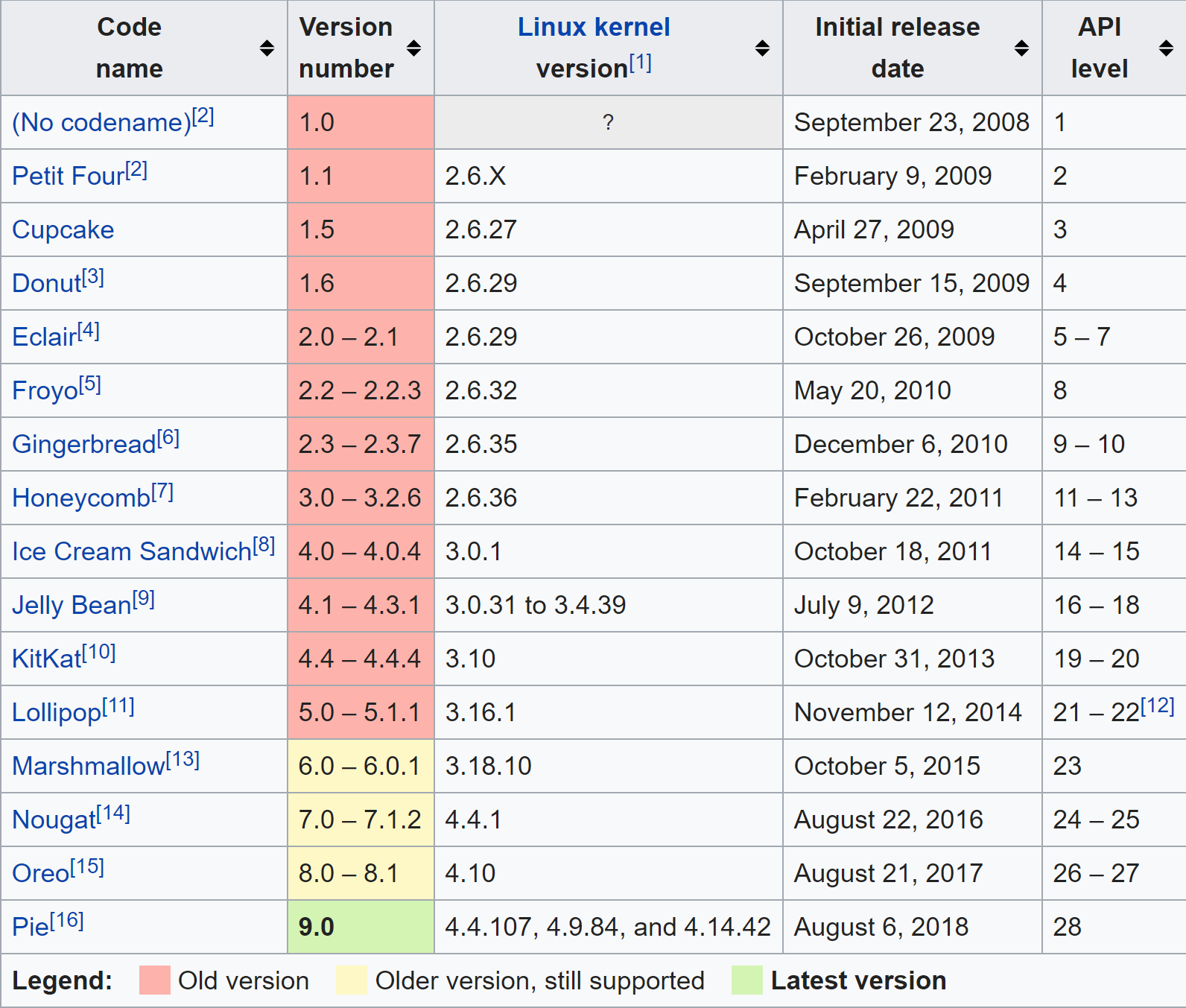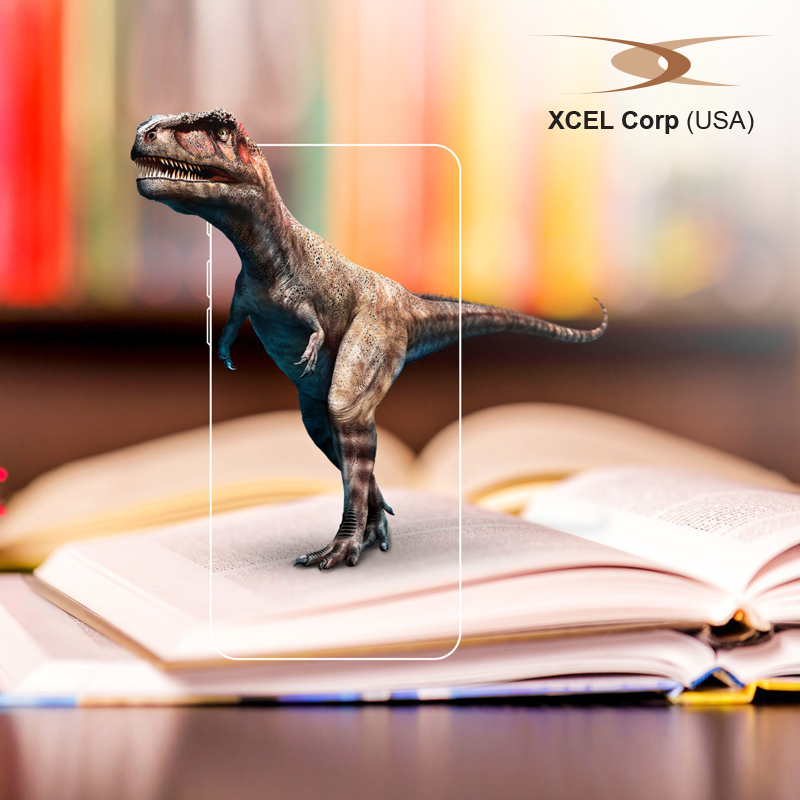Android is an open source mobile operating system developed by Google to be used on mobile devices like smart phones and tablets. It is primarily designed for touch screen mobile devices. Google also developed other variants of Android that can be used on Game Consoles, PCs, Cameras, TV, Cars and even Watches.
Google bought the Android Inc., who initially developed this OS in 2005 and released its first beta version of the development kit (SDK) in 2007. The very first commercial version of Android 1.0 device was released in September 2008. Since then, it has gone through many major changes and releases, with the most recent version being Android Pie (9.0), released in August 2018.
Why to Learn Android?
The main reason to choose Android is it’s completely open source and has a large community. The other reasons are:
• Huge App Market
• Develop new applications with Android Studio easily
• Cost of development is very less
• Large developer community
• Huge market share
History of Android Versions:
The naming of Android version goes from A to P at the moment. The versions can be listed based on the developed hierarchy as:
Features of Android:
The Android operating systems are feature rich and below are the basic features available in it.
User Interface – Android provides a more elegant and easy to access user interface.
Messaging – It supports SMS and MMS forms of messaging services.
Spell Check & Dictionary – It has an inbuilt user dictionary which can look up for commonly misspelled words and replace them.
Web Browser – From Android KitKat, Google has made Chrome as the default browser.
Media Support – Android supports a number of audio as well as video formats like WebM, H.263, H.264, AAC, HE-AAC (in 3GP or MP4 container), MPEG-4 SP, AMR, AMR-WB, MP3, MIDI, Ogg Vorbis, FLAC, WAV, JPEG, PNG, GIF, BMP, and WebP.
Streaming Media Support – You can stream videos and audios on your Android device. Also, you can add a few plug-in to support many new formats.
External Storage Devices – Most of the Android devices include an additional microSD card to expand your storage. They support cards of FAT32, Ext3 or Ext4 file system and also allows the use of USB flash drives and USB HDDs on some devices using USB-OTG cables.
Bluetooth, Wi-Fi & Mobile Networks – They support GSM/EDGE, Bluetooth, LTE, CDMA, EV-DO, UMTS, NFC, IDEN and WiMAX connectivity technologies. Also, they do support various Tethering options too.
Multi-touch – Most of the Android devices available in the today supports multi-touch.
Multi-tasking – It’s common to all Android devices, you can run applications in the background with the unique handling of memory management.
Screenshots – All the Android device allows you to capture your device screen by pressing the power button and home screen button at the same time.
Video Calling – Android support video calling through UTMS network with the help of some SIP accounts and other applications like Google Allo, Hangout, Skype, etc.
Voice Assistant – Search through voice feature has been available on Google from Android 2.2 device onward. After Android 4.1, Google expanded its support to control your device through voice actions.
Author: Jit Goel ( President/CEO ) / Jack ( Content Writer)





